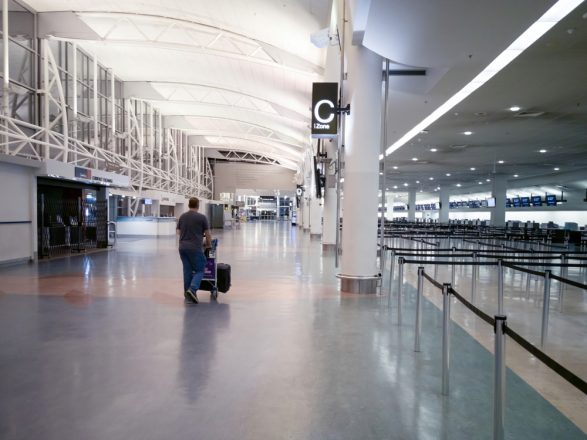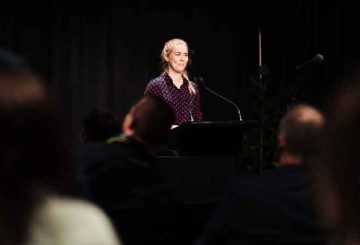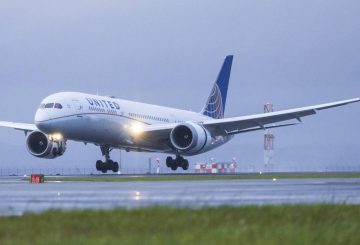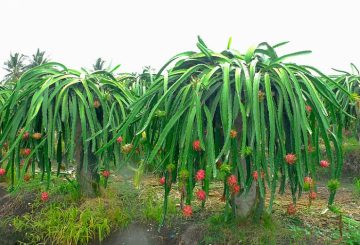Giai đoạn đầu tiên của chuyến đi bằng cách ly một chiều với Samoa, Tonga và Vanuatu sẽ bắt đầu vào tháng 10, ban đầu cho công nhân RSE từ các quốc gia đó, Bộ trưởng phản ứng COVID-19 Chris Hipkins và Bộ trưởng Nông nghiệp Damien O’Connor công bố hôm nay.
Damien O’Connor nói: “Chúng tôi muốn cung cấp sự chắc chắn cho ngành làm vườn rằng chúng tôi đang tiến lên phía trước với việc đi lại an toàn không có cách ly cho công nhân RSE kịp thời cho mùa hái sắp tới”.
“Chúng tôi cần phải có một cách tiếp cận thận trọng để mở ra chuyến du lịch không bị cách ly với Thái Bình Dương. Trong khi Samoa, Tonga và Vanuatu chưa có bất kỳ trường hợp cộng đồng nào của COVID-19, chúng tôi biết trước Delta có thể lây lan nhanh như thế nào nếu nó xâm nhập”, Chris Hipkins nói.
“Để giảm thiểu rủi ro, chúng tôi đang đưa ra các biện pháp sức khỏe bổ sung cho những người lao động này. Chúng bao gồm các yêu cầu được tiêm phòng ít nhất một liều trước khi khởi hành, hoàn thành một giai đoạn tự cô lập khi đến và trả lại các xét nghiệm COVID-19 âm tính vào ngày 0 và ngày 5.
“Chúng tôi chỉ bắt đầu với công nhân RSE vì nhiều lý do. Nhân viên RSE đến New Zealand trong một nhóm đồng nghiệp và ở trong chỗ ở được sắp xếp theo người sử dụng lao động. Điều này giúp giảm thiểu bất kỳ rủi ro bổ sung nào từ COVID-19 bằng cách đảm bảo chúng đi vào sự tự cô lập ở một nơi được tổ chức trước khi đến.”
Damien O’Connor cho biết nó cũng phản ánh những lợi ích quan trọng mà dòng chảy từ chương trình RSE cho New Zealand, các nước đối tác Thái Bình Dương, người lao động, và gia đình và cộng đồng của họ.
Có đến 14.400 công nhân RSE thường xuyên qua New Zealand mỗi năm, với khoảng 10.500 người đang ở trong nước vào thời điểm thu hoạch cao điểm trước Covid.
“Quy hoạch đáng kể đã được tiến hành cả trong lĩnh vực trồng trọt và trồng nho của New Zealand và ở các quốc gia đối tác của chúng tôi cho sự xuất hiện của những công nhân này, với một số chuyến bay đến hoãn lại vào tháng 8 và tháng 9 vì thiết lập Alert Level 4 của New Zealand.
“Chúng tôi sẽ theo dõi chặt chẽ giai đoạn đầu tiên của chuyến đi không bị cách ly một chiều này. Mục đích của chúng tôi vẫn là để mở rộng khả năng nhập cảnh không bị cách ly đến New Zealand từ các quốc gia này và Tokelau khi chúng tôi có thể chắc chắn rằng nó là an toàn để làm như vậy. Trong khi chờ đợi, những người khác vào New Zealand từ các quốc gia này sẽ cần phải đáp ứng các yêu cầu MIQ hiện có.
“Chúng tôi cảm ơn Samoa, Tonga và Vanuatu vì sự hợp tác chặt chẽ của họ với chúng tôi trong bước tiến quan trọng này trong việc kết nối lại các quốc gia của chúng tôi.
“Tôi cũng muốn cảm ơn các nhà lãnh đạo ngành trồng trọt và trồng nho đã làm việc rất mang tính xây dựng với chúng tôi trong việc đạt được thông báo này,” Damien O’Connor nói.
Các quan chức ở New Zealand đang làm việc với các quốc gia Thái Bình Dương đối tác và ngành công nghiệp về các biện pháp cuối cùng cần được đưa ra, với ngày bay chính xác vào tháng 10 để được xác nhận.
(Với đầu vào từ thông cáo báo chí của Chính phủ New Zealand)






























































